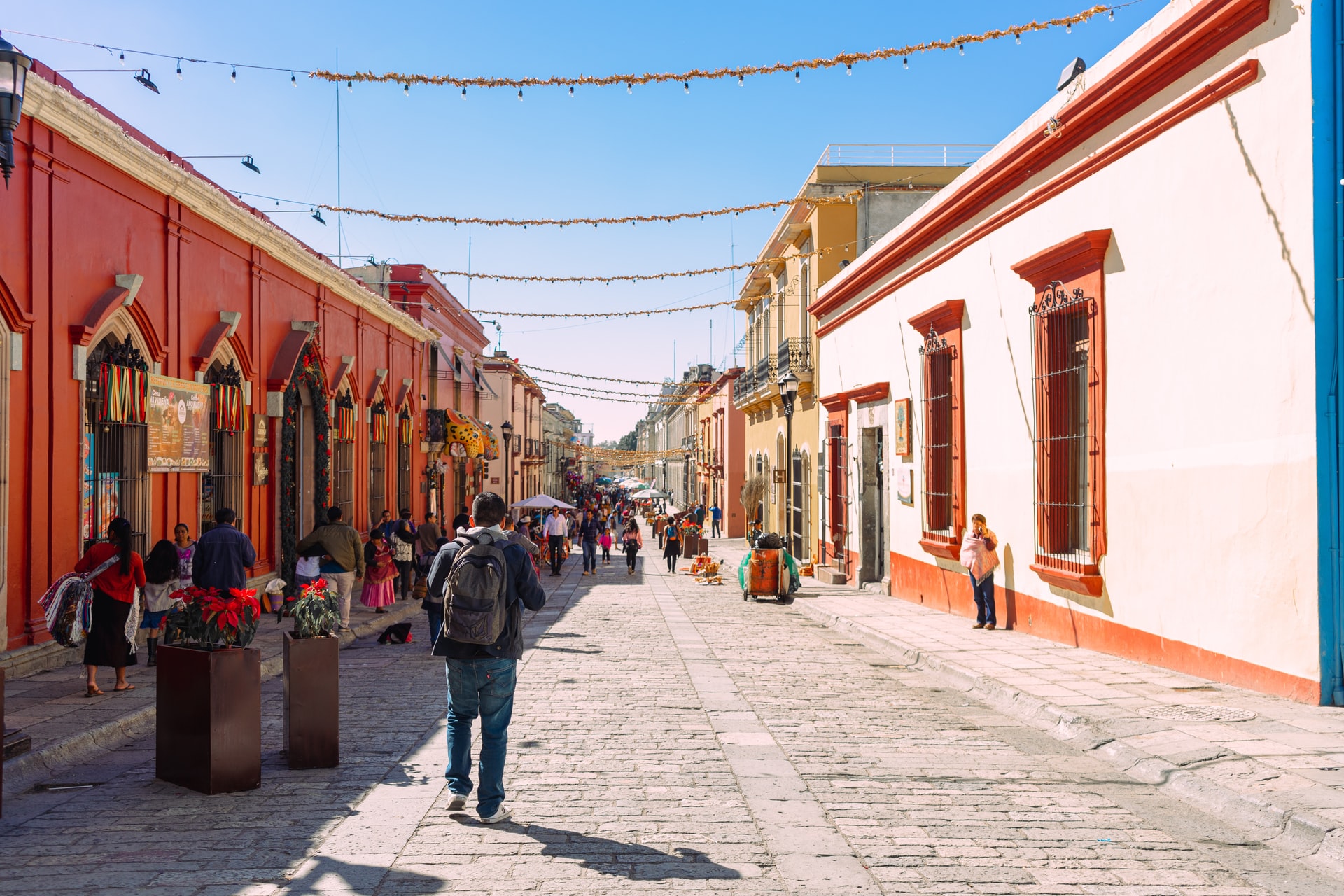From the Colonial Past to the Present: The Third Gender in Latin American Cultures

Indigenous communities in Oaxaca have histories of gender fluidity that date back before colonialism in Mexico and have continued to support third gender identities in the present.
Photo by Roman Lopez on Unsplash.
In the indigenous Zapotec community Juchitán within the southern Mexican state of Oaxaca, there exists a third gender - muxes, which refers to people who are biologically male but manifest feminie identities, without identifying as transgender or necessarily seeking to become women.1
The Third Gender in History
Historically, third gender identities have played an important role in societies in Mexico since long before the Spanish colonized the region.2 In Decolonizing the Sodomite: Queer Tropes of Sexuality in Colonial Andean Culture, historian Pete Sigal uses the term third gender not to romanticize its existence in colonial societies as an attempt to break binaries but rather to show how Andeans negotiated gender difference. In uncovering the history of the third gender in colonial Andean culture, he takes care to contextualize the identity within the specific cultures in which they emerged.
Indeed, the tendency to over-romanticize third gender identities in Latin America as a direct predecessor of modern trans identity overlooks the landscapes third gendered people negotiated in the colonial past and continue to negotiate. Third gendered indigenous Andeans, for example, likely understood themselves to be on a “a gender continuum in temporal performances of gender that are not fixed in time and space” rather than as trans.3 Despite the complexities of third gender identities, there has been a tendency to force such identities and people into discrete categories that can be easily digested by an American audience.
Popular Media Representations
In popular media, muxes are often referred to or celebrated as transgender women despite not identifying as transgender women themselves. In 2007, the magazine Marie Claire published an article entitled, “Meet Vidal Guerra and His Mother, Antonia. She’s Turning Him into a Girl.”4 NBC News defined muxes as “indigenous transgender women who easily mix gay male and feminine identities,” following a number of media outlets that praised Vogue for finally celebrating “a culture of indigenous transgender women that has been a part of southern Mexico’s heritage for centuries.”5 Vogue was widely praised for its spotlight of muxes in late 2019.
Contemporary understandings of the third gender in Latin American cultures have thus been largely limited and one-dimensional by the labeling of the third gender as a trans identity. As Alfredo Mirandé, who conducted many interviews in Juchitán, illustrates in Behind the Mask: Gender Hybridity in a Zapotec Community, there is a diversity of ways to identify as muxe and that being muxe was clearly separate from sexuality.6 The muxes he interviewed alternated between masculine and feminine pronouns. Some were married to women with children while others partnered only with men.
Being Muxe
Biiniza, a member of a muxe organization in Oaxaca said, “Being muxe is not something you put on and take off like a dress. It’s a way of being that includes not only dressing like a traditional Teca but also maintaining, incorporating, and respecting Zapotec language, customs, and traditions.”7 To label muxes simply as transgender would be inaccurate. To try and tie muxes to a specific sexuality would be inaccurate.
The importance of indigenous tradition and culture in muxe identity points to the complexity of the third gender. Juchitán, the community with many muxes, is a place in which Zapotec is spoken daily. Third genders in Latin American societies are diverse and wide-ranging. Understanding identities across a gender continuum requires time and cannot be easily condensed into a soundbite.
Notes
-
Maritza E. Cárdenas, Constituting Central American-Americans: Transnational Identities and the Politics of Dislocation (New Brunswick: Rutgers University Press, 2018), _100. ↩
-
Lynn Stephen, “Sexualities and Genders in Zapotec Oaxaca,” Latin American Perspectives 29, no. 2 (2002): 43. ↩
-
Pete Sigal, Decolonizing the Sodomite: Queer Tropes of Sexuality in Colonial Andean Culture (Austin: University of Texas, 2006), 23. ↩
-
Kimberley Sevcik, “Meet Vidal Guerra and His Mother, Antonia. She’s Turning Him into a Girl,” Marie Claire,February 2007. ↩
-
NBC News, “Vogue cover spotlights Mexico’s indigenous transgender women,” NBC News, November 21, 2019, https://www.nbcnews.com/feature/nbc-out/vogue-cover-spotlights-mexico-s-indigenous-transgender-women-n1088451. ↩
-
Alfrendo Mirandé, Behind the Mask: Gender Hybridity in a Zapotec Community (Tucson: University of Arizona Press, 2017), 61. ↩
-
Cárdenas, Constituting Central American-Americans: Transnational Identities and the Politics of Dislocation, 102. ↩
